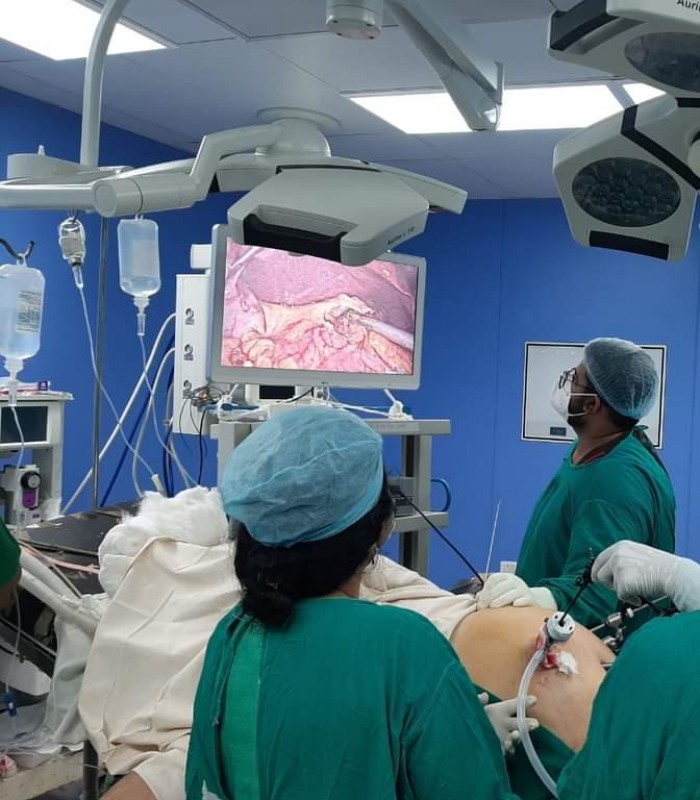
Hernia
What is an inguinal hernia? Dr Karan r rawat
What is an inguinal hernia?
An inguinal hernia is a bulge or protrusion that is seen or felt in the groin area or the scrotum (for boys). Inguinal hernias occur in boys more frequently than in girls. Infants who are born prematurely are at an increased risk of having an inguinal hernia. For example, about one-third of baby boys born at less than 33 weeks gestation will have an inguinal hernia.
There are two types of inguinal hernias:
Indirect inguinal hernias: Indirect inguinal hernias are the most common type of inguinal hernia in children and are present at birth. During fetal development, all babies have a canal (called the inguinal canal) that goes from their abdomen to their genitals. In boys, this canal allows the testicles (which develop in the abdomen) to travel to the scrotum. In both boys and girls, the canal is supposed to close off prior to birth. An indirect hernia occurs when the inguinal canal fails to completely close during fetal development, leaving an opening for abdominal contents to protrude through the defect.
Direct inguinal hernias: Direct inguinal hernias are very rare in children. This type of hernia is caused by a weakness in the abdominal wall that allows intestines to protrude through. These hernias are more frequent in males.
In some cases, boys with an inguinal canal that fails to close may also develop a hydrocele, a collection of fluid around the testicles that occurs when fluid drains from the abdomen into the scrotum, causing it to swell.
Another type of hernia that can occur in the groin area is a femoral hernia. Femoral hernias are also very rare in children, and are caused by a weakness in the femoral canal that allows bowel or tissue to protrude from the upper thigh near the groin. This type of hernia is more common in females



